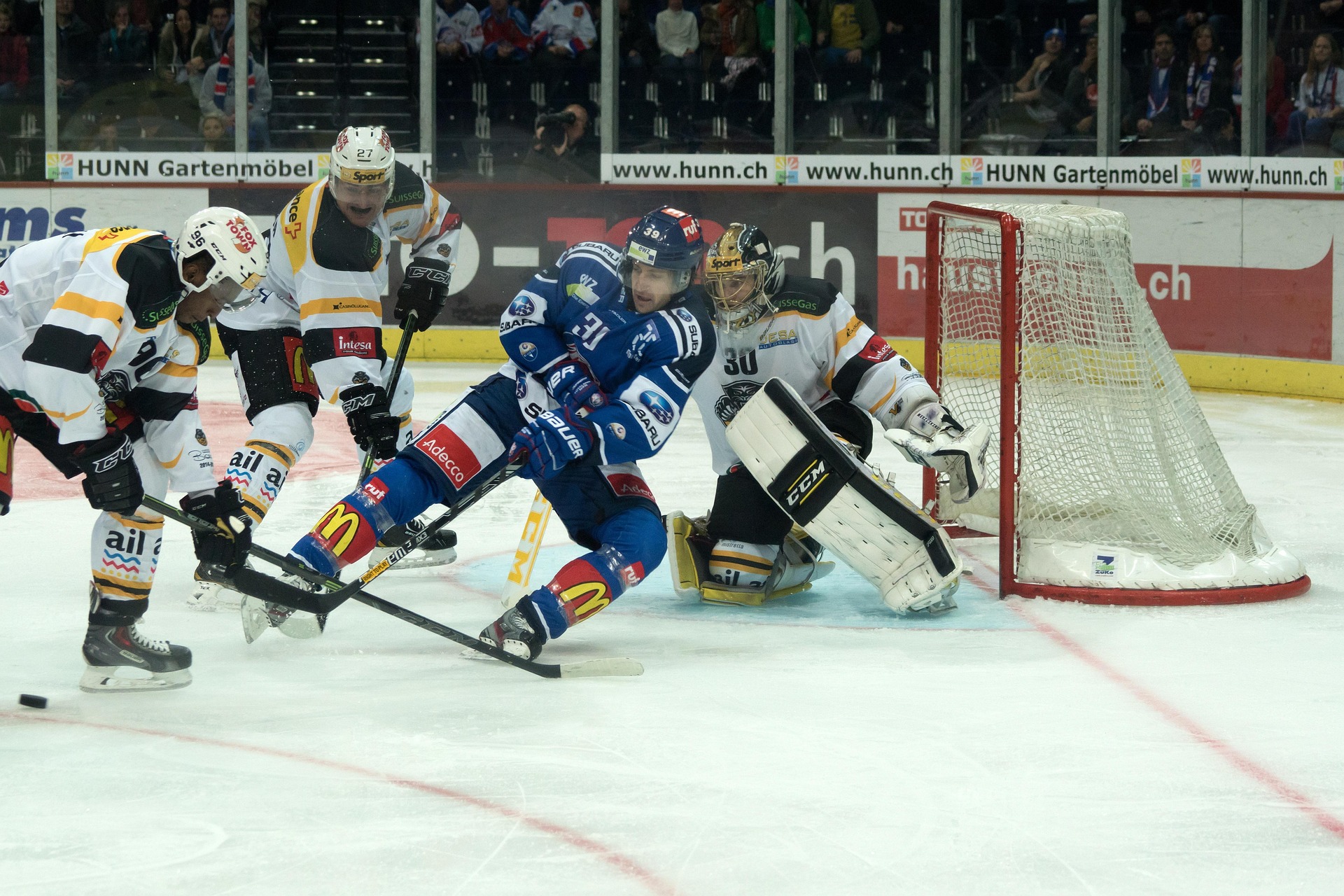My father was an excellent basketball player. He never let anyone win easily—you had to earn every point. What stood out most in our one-on-one games was his ability to check my shots. He would extend his arm and apply steady pressure, preventing me from taking clean shots, faking, or moving around him. His subtle contact limited my options and made every move harder.
In martial arts, checking follows a similar principle. It involves maintaining light contact with an opponent’s limb to limit or impede its movement, especially its ability to launch a counterattack. This contact provides a sensory advantage—you can feel tension, movement, and intent through touch. When you sense an incoming strike, you can jam it, redirect it, or control it. At its core, checking neutralizes offensive options and keeps the upper hand in combat.
Definitions of “Check”
The concept of checking appears in various disciplines:
- Hockey: “Checking is the act of physically keeping an opposing player in check.”
- Chess: “A check is an immediate threat to capture the king… A king so threatened is said to be in check.”
Both examples illustrate control. In hockey, checking physically impedes motion; in chess, it restricts strategic options. In martial arts, checking does both—physically restricting an opponent while limiting their choices.
Centerline Explained
The centerline is an imaginary line running vertically down the center of the human body. It’s a primary target in combat because it’s harder to move out of the line of attack. A shoulder or limb can easily twist or pull away, but protecting the centerline—your core—takes more effort and time. Checking helps you control or obstruct the opponent’s centerline, reducing their ability to attack effectively.
Safety Zones
Safety zones are areas relative to the opponent where their strikes are least effective. These zones change depending on the type of attack. For example:
- Standing behind someone is a safety zone against their punches.
- Standing near an opponent’s lead shoulder can limit the power of their rear hand.
- Understanding safety zones helps you position yourself advantageously while applying pressure or control.
Managing Distance
Zeroing out the distance means staying within an opponent’s blind spots or pockets where their strikes are ineffective. By circling or advancing strategically, you force your opponent to adjust awkwardly—either sacrificing their defense to turn or losing sight of you altogether. This principle mimics a predator pursuing prey, exploiting vulnerabilities in movement and reaction.
Creating Opportunities
Checking also creates opportunities. Maintaining contact allows for transitions into:
- Disarms
- Joint locks
- Traps
- Throws
It’s not just defensive—it’s a setup for offensive moves. For example, if you check your opponent’s arm and they attempt to disengage, you can use their motion against them. A simple rippling push at the right moment could unbalance or even uproot them.
Checking is more than a tactical skill—it’s a strategic tool that gives you control, both physically and mentally.
Checking is a vital part of martial arts strategy. It prevents counterattacks, limits options, and opens doors for your own techniques. Review your current techniques and ask yourself: Where are the checks? Are you using them intentionally or missing opportunities for greater control?
Take a moment to analyze your defenses and share your insights. Where do you apply checks in your forms or sparring? Post your ideas in the comments and let’s grow together as martial artists.



